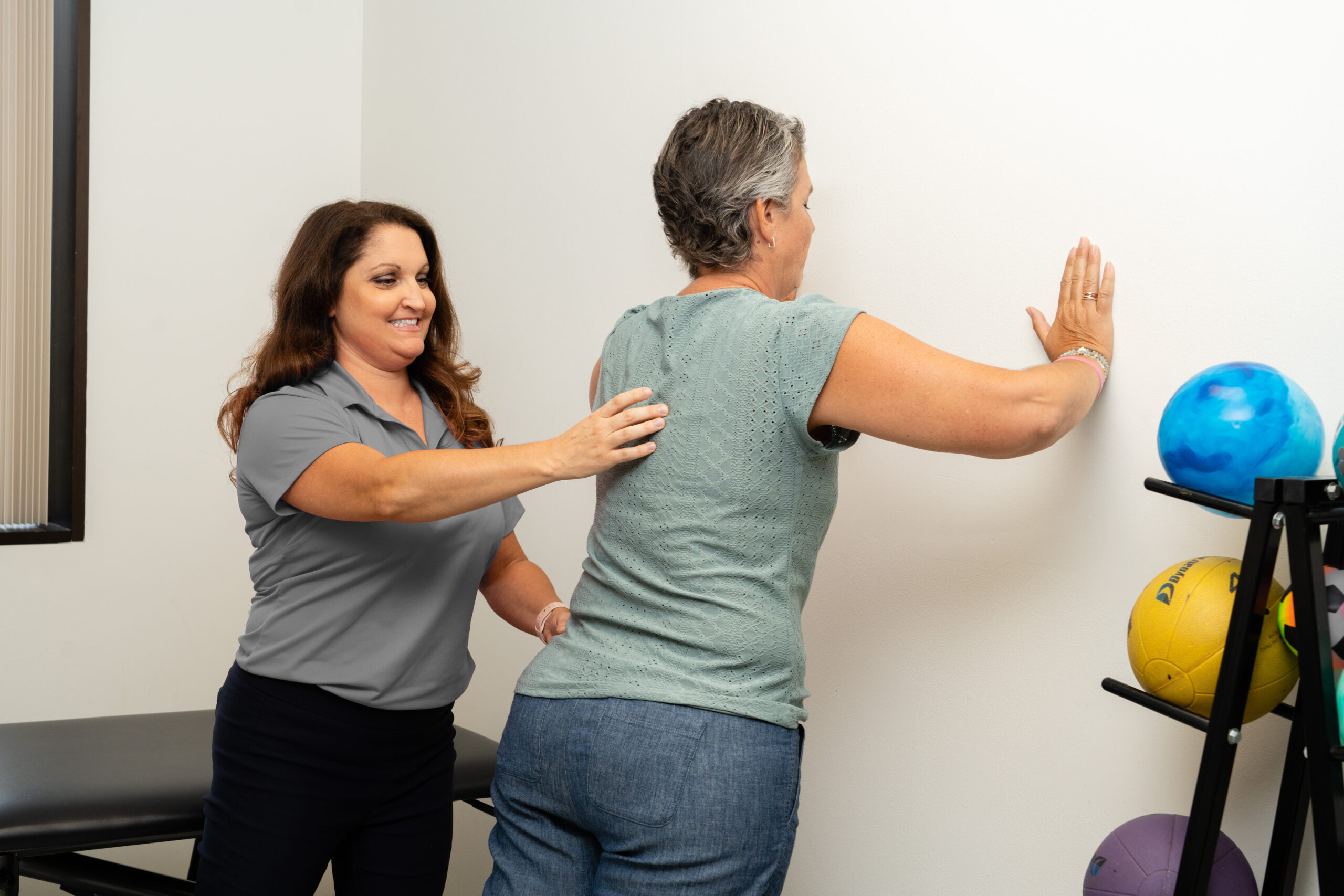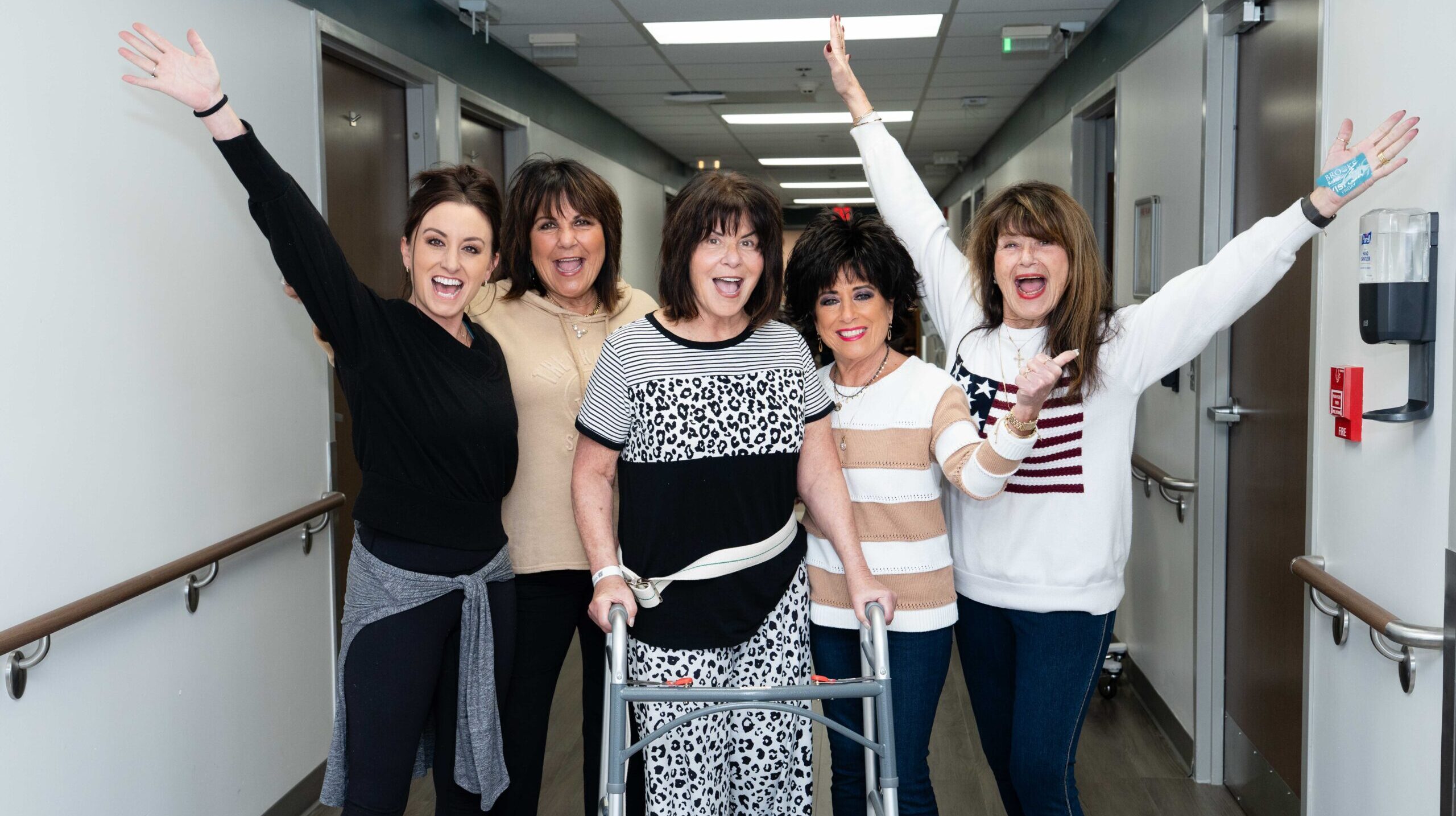What Is Multiple Myeloma?
Multiple myeloma is a cancer that starts in the plasma cells that help your body fight infection. It can weaken bones, cause pain and affect kidney function. Treatments help destroy cancer cells but can lead to side effects that make daily activities more challenging. Cancer rehabilitation enables you to maintain strength, protect your mobility and stay as independent as possible.
Types of Multiple Myeloma
Multiple myeloma starts in the bone marrow, the soft tissue inside your bones where blood cells are made. It often grows in multiple areas of the bone marrow rather than in a single spot.
There are many types. A simple way of looking at it is whether or not the disease is causing symptoms:
- Smoldering multiple myeloma is an early form of the disease that doesn’t cause symptoms. Care involves close monitoring and treatment if it begins to progress.
- Active multiple myeloma causes symptoms such as bone pain, fatigue, high calcium or kidney problems, and requires treatment.
Multiple Myeloma Treatments
Treatment involves therapies that slow the disease, control symptoms and help prevent complications such as bone damage.
You may need:
- Medical therapies, including chemotherapy, that destroy cancerous plasma cells. You may also benefit from immunotherapy that helps your immune system attack cancer cells.
- Radiation therapy treats bone areas weakened by myeloma. It’s usually for specific spots rather than the whole body.
- Stem cell or bone marrow transplant replaces damaged bone marrow with healthy cells, often after high-dose chemotherapy.
- Targeted therapy uses drugs to disrupt specific proteins that myeloma cells need to grow.
- CAR T-cell therapy modifies your immune cells to recognize and attack myeloma cells. It’s for select cases where other treatments didn’t work.
Side Effects of Multiple Myeloma Treatment
Multiple myeloma and therapies to treat it can cause a range of side effects. Common issues include:
- Anemia-related symptoms, such as shortness of breath or dizziness
- Bone pain or weakness
- Fatigue
- Increased infection risk
- Kidney problems due to abnormal proteins or high calcium levels
- Loss of appetite or unintended weight loss
- Numbness, tingling or weakness, which can also be a complication of bone issues
Cancer Rehabilitation for Multiple Myeloma
At Brooks, therapists experienced in cancer rehabilitation work closely with your medical providers. Together, they address side effects so you can focus on feeling better.
Your care may include:
- Occupational therapy to make daily activities easier if fatigue or bone pain is limiting your independence.
- Physical therapy that builds strength and endurance while reducing fall risks to protect your bones
- Speech therapy supporting thinking, memory or communication if treatment has affected these abilities
- Supportive services that include behavioral medicine, dietary support and coordinated medical oversight to help you recover with greater comfort and peace of mind
More about cancer rehabilitation at Brooks
We offer cancer rehabilitation in a variety of settings, so you receive the right level of care and support.
Options include:
- Inpatient rehabilitation provides 24/7 medical care and focused therapy after a hospital stay, stem cell transplant or if you experience severe side effects.
- Home health services are available if you are well enough to go home but need specialized support. Therapists and nurses can help you manage side effects while you’re safe at home.
- Outpatient therapy addresses lingering side effects, such as fatigue that doesn’t improve with rest, or builds on the progress you’ve already made.
Why Choose Brooks Rehabilitation for Multiple Myeloma Rehab?
Cancer rehabilitation at Brooks goes beyond therapy sessions. You have access to behavioral health support, diet guidance, fatigue management and other services addressing the full impact of multiple myeloma. Our team is here for you before, during and after treatment. Get more information about our Cancer Rehabilitation Program.
Highlights of our program include:
- Therapies for strength and stamina: Experienced therapists help you feel your best during treatment. We focus on safe, effective exercises that help you navigate daily life while guarding against complications like bone fractures. You also learn how to modify everyday tasks so you can do more of what matters to you.
- Advanced technologies: Tools like ZeroG dynamic body-weight support and AlterG Anti-Gravity Treadmill make it possible to exercise safely, even when you face a higher risk of fractures. By supporting your body and controlling movement, they allow you to work on strength and mobility while lowering the chance of injury.
- Team approach: The best cancer recovery services include coordinated expertise from different specialists. At Brooks, rehabilitation physicians, therapists, oncology navigators and other team members tailor services to your needs. You also have access to additional specialists for medical issues related to multiple myeloma, such as kidney problems.
FAQs About Cancer Rehabilitation for Multiple Myeloma
Yes, but it’s important to work with a team that understands your needs. Therapists at Brooks adapt exercises to protect vulnerable bones. We also use specialized equipment that allows you to move safely while reducing your risk of injury. Find out more about our cancer rehabilitation program.
Rehabilitation can help you stay mobile and independent during multiple myeloma treatment. Gentle, targeted exercises ease side effects and improve daily function. Your therapy plan is designed with your treatment schedule and health needs in mind, so the two work together.
Therapists can teach you strategies for saving energy so you can participate in the activities you enjoy most. Recommendations may include pacing, planning and modifying daily tasks. We also adjust therapy schedules so you can participate at times that are best for your energy level and availability.
Request Care at Brooks
Find out more about becoming a patient and learn about cancer rehabilitation for multiple myeloma.Latest News and Health Resources
Education and guidance to support your recovery
Brooks Rehabilitation Announces $68 Million Expansions to Enhance Patient Care and Meet Growing Demand
Brooks Rehabilitation is proud to announce a significant strategic growth initiative designed to meet the increasing need for its specialized physical rehabilitation services....




